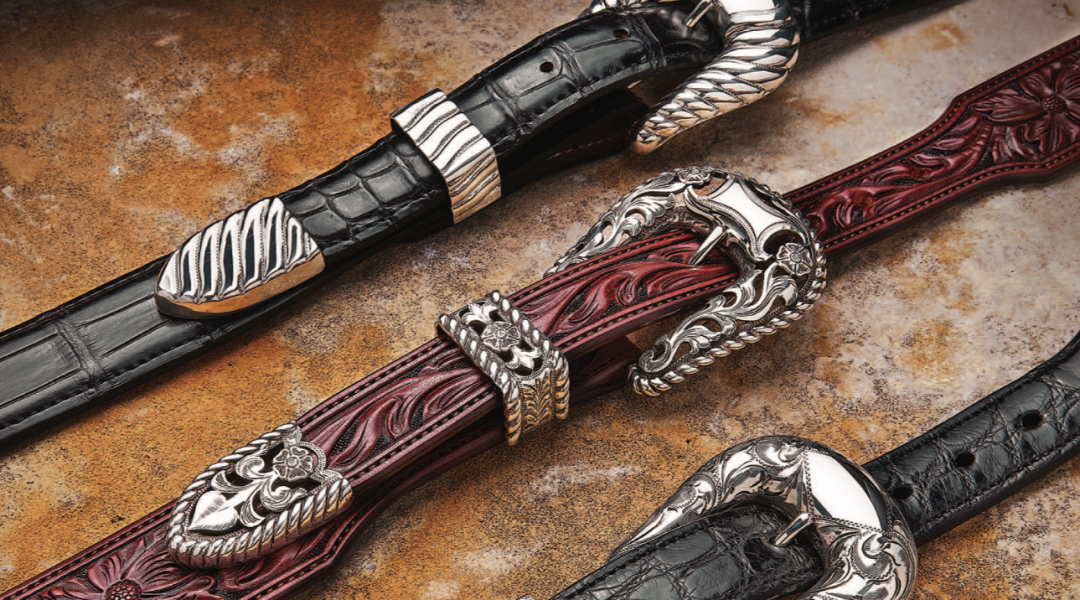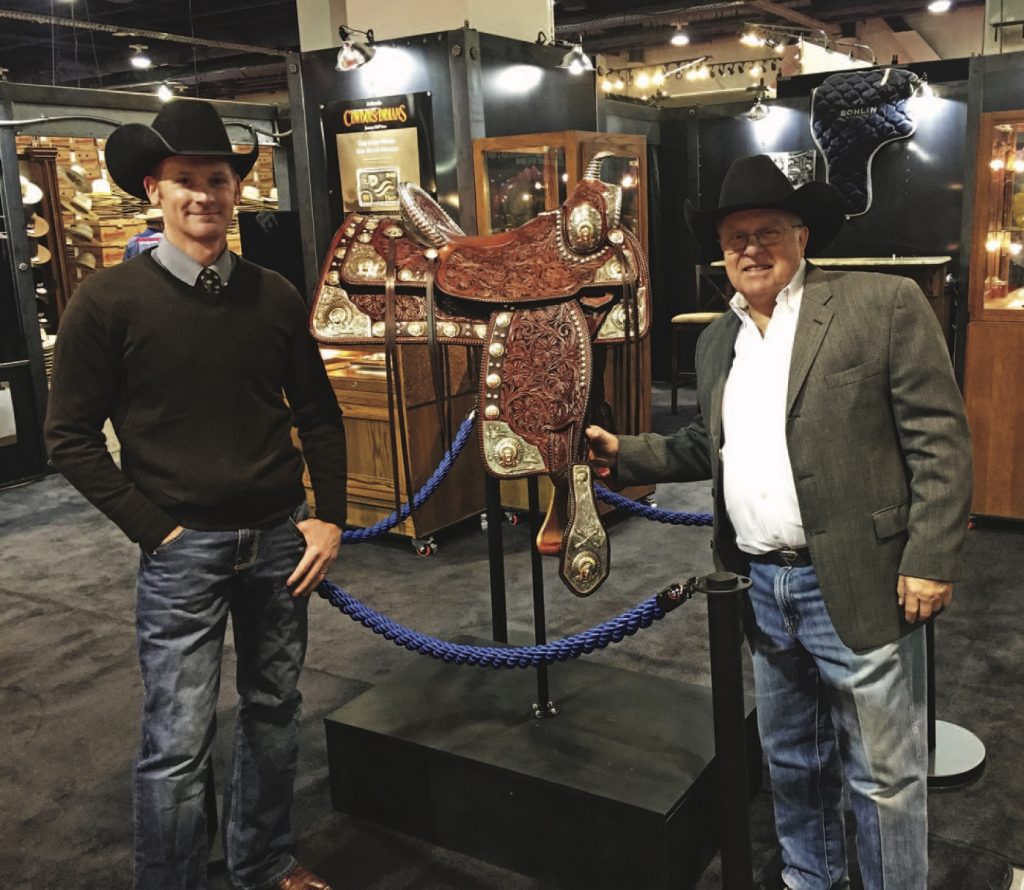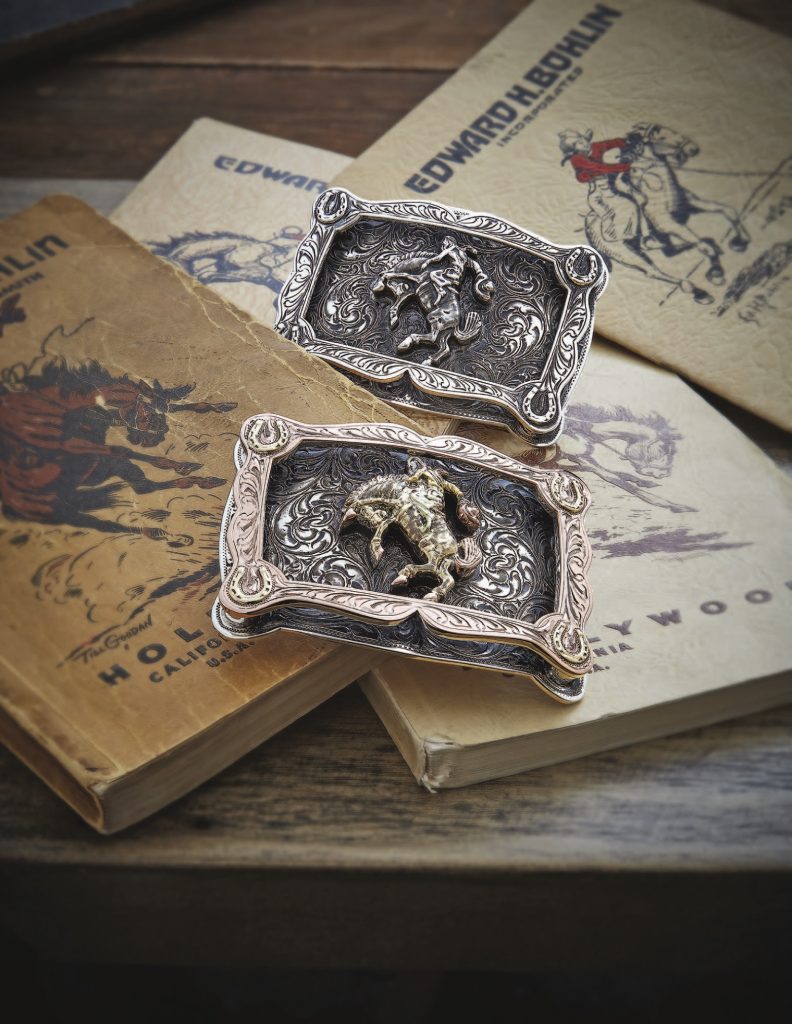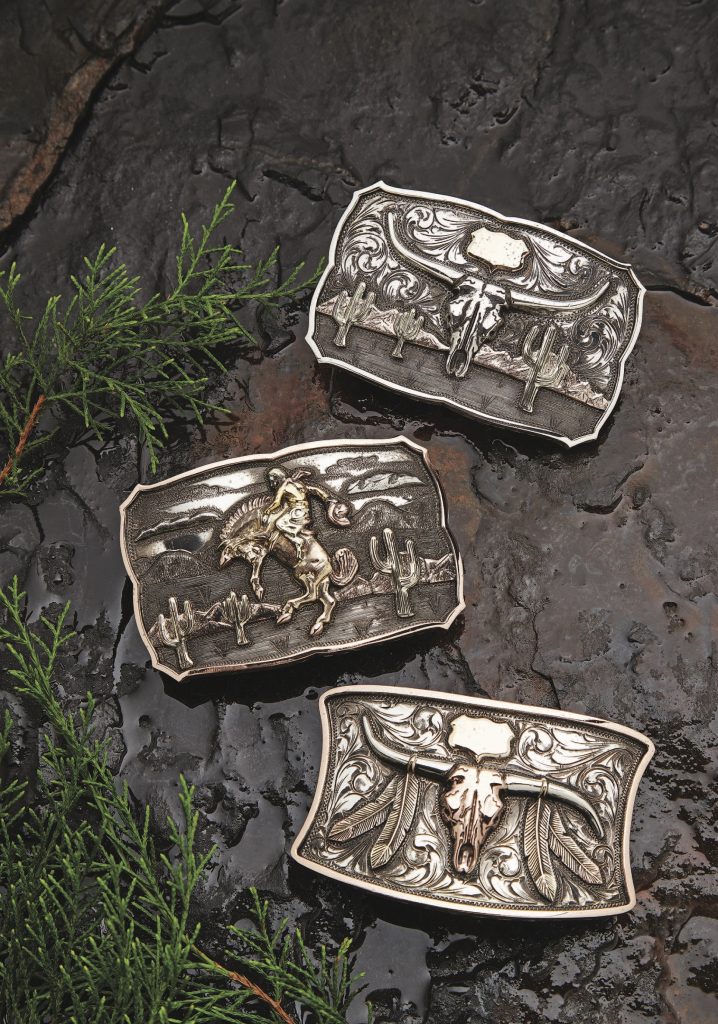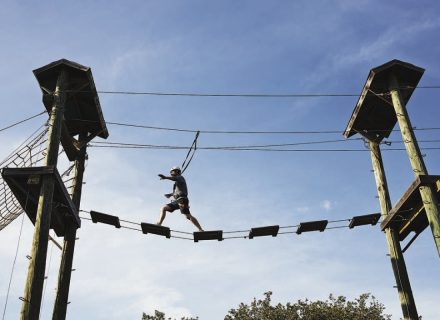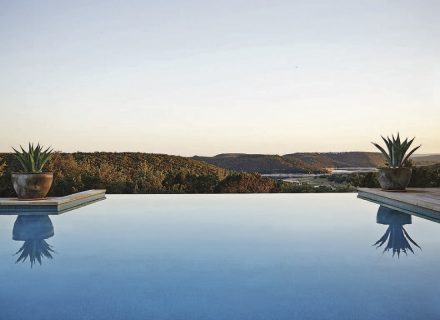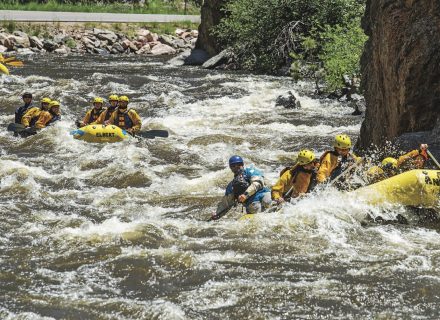Started by a Swedish immigrant with dreams of the Wild West, the Bohlin Company has become a touchstone throughout its century in the Western accessories business.
It all started in the Wild West — Cody, Wyoming, to be exact. At the time, just a few years shy of the era known as the “Roaring ’20s,” Cody was a frontier town located on the fringes of Yellowstone National Park. The area’s wide-open ranges and rivers were teeming with wildlife, and Cody’s dusty streets were filled with cowboys, one of whom was named Edward H. Bohlin.
Bohlin followed the long-trodden path of a typical American dreamer by immigrating to the United States from Sweden at just 15 years old. He landed in New York City, but the call of the West quickly drew him out across the plains. It wasn’t long before he was a Western horse-riding, cattle-herding cowboy through and through. Bohlin opened a leather shop in Cody in 1920 that began the Bohlin Company, a luxury buckles and accessories brand celebrating its 100th anniversary this year.
Perhaps it’s fitting that a story about becoming a cowboy in the Wild West would also be a tale of making it big in Hollywood. That’s exactly what happened for Bohlin. Life’s twists and turns led Bohlin to take up a second career as a performer in a Wild West show headed to California. There he befriended movie cowboy Tom Mix. It was reportedly Mix who convinced Bohlin to try his hand at staying in Los Angeles, relocating his shop there to supply his work to the movie industry. In the decades that followed, Bohlin would become known for his beautifully intricate leather and silversmith work, designing buckles, saddles, gun holsters, and more for many of the brightest western stars of the silver screen as well as notable figures off-screen.
“One of my earliest childhood memories is Hopalong Cassidy. I had a little cowboy hat, the vest and the gun, the boots. Roy Rogers, the Lone Ranger, and Gene Autry, they were my childhood heroes,” Bohlin Company CEO Dave Marold says, speaking from the present-day company headquarters in Dallas. “I grew up watching them, and to be part of that and be in charge of maintaining the legacy of my childhood heroes, protecting that and trying to teach people about it going forward [is special]. I am trying to keep the West alive in the minds of the younger generation.”
Marold bought the Bohlin Company in 1999, effectively saving it from a period of upheaval resulting from multiple changes of ownership and struggle following Bohlin’s death in 1980. Marold says he feels a responsibility to keep the glory of the company alive, but he’s quick to add that the brand speaks for itself in its staples of artisanship, quality, and prestige.
Those childhood heroes of Marold’s, such as John Wayne and Rogers, all sported Bohlin designs in their time, but the legacy reached far beyond movie sets. Ed Bohlin rode in his first Tournament of Roses Parade in 1924, and by 1939, a majority of the parade’s equestrians outfitted their mounts in stunning tack built by Bohlin, which were seen by millions of TV viewers each year. Over the years, designs under the brand have become coveted, with many taking top dollar at auction. A Bohlin saddle from The Lone Ranger television show sold for more than $150,000 in 2018, and the Bohlin saddle for Rogers’ famous horse, Trigger, sold for more than double that amount.
The reputation of the Bohlin brand has persisted, and today, business is thriving. According to Marold’s son Doug, who helps run the outfit, the Bohlin Company doesn’t just owe its longevity to the brand’s eminence, they owe it to customers.
“For us, it’s a testament to what [Edward Bohlin] did, who he was, and it’s also a testament to our customers, because obviously we wouldn’t be here without them, and we have some of the best customers in the world,” Doug Marold says. Bohlin’s fans still include celebrities and top business figures, but also everyday hardworking cowboys and cowgirls. It’s the Western lifestyle that ties them together. “It’s an honor to be in the Western industry because we have some of the nicest, most honest, incredible people that we get the opportunity to work with every day.”
The main focus of retail these days is belt buckles, trophy buckles and modest dress pieces alike, still made with innate silver and gold carvings typical of the brand, and still done the old-fashioned way with the long-honed talent of silversmiths who’ve been with the company for years. Some of Bohlin’s artisans even moved with the company from California to Texas in 2005. Beyond the buckles, engraved money clips and jewelry have become a hit for the company, which incorporates its history into each piece. “Part of what makes our company so cool is that the steel dies and equipment that made the original buckles are still used by the company today,” Marold says. In other words, a buckle made in the shop today could be cut from the same die as the buckles adorning your favorite western heroes.
“We create with the same technology and equipment from the 1930s,” Marold says. “We like to work with clients to design an heirloom-quality piece that represents the heritage of their family. This is the legacy that we protect. This is what Bohlin means to me.”
To celebrate 100 years in business, this year’s anniversary buckles will incorporate innovative 3D designs never before seen in the buckle industry, according to Marold. The pieces will also boast a special engraving of a vintage football-shaped Bohlin hallmark used from the 1930s through the 1950s in place of the current company hallmark. Marold anticipates they’ll produce about 800 special anniversary buckles this year. To him, time has flown toward this significant milestone.
“I still can’t fathom the fact that the company is 100 years old,” Marold says. “All it means is that we’ve done a lot of things right for a long period of time, and I think if Ed was here today, he would be very pleased with where the company is.” And where Bohlin is, it appears, is still close to the hearts of those who love the West.
Bohlin Through the Decades
1920: Edward H. Bohlin, a young Swedish immigrant turned cowboy, opens his first leather shop in the frontier town of Cody, Wyoming. By the mid-1920s, Bohlin has relocated his shop to Hollywood and his work is featured in adventure and western movies.
1930s: Early film stars and notable equestrians catch on to the Bohlin brand, helping to spur its popularity on- and off-screen.
1940s: Bohlin’s shop takes up residence at a prime new Hollywood location on Highland Avenue, where the company continues its track to great renown, making custom saddles and tack that are shipped worldwide. John Wayne rides in a Bohlin saddle during this time.
1950s: The Lone Ranger star Clayton Moore dons a masterpiece Bohlin gun belt befitting the famous cowboy character, but Bohlin buckles also infiltrate the horse show, parade, and professional rodeo scenes, becoming cherished pieces for everyday cowboys and cowgirls around the country.
1960s: Bohlin expands his silver and gold artistry into sculptures and more, but the focus on his high-quality saddles and belt buckles is not lost. Some of Bohlin’s most sought-after pieces are created during this time.
1970s: Business continues as usual for the Bohlin Company, but Ed himself, now reaching his 80s, slows down, eventually retiring from the company.
1980s: Edward H. Bohlin passes away in 1980, beginning a period of change for the company in which it has multiple owners. Yet the Bohlin brand maintains its high profile, even appearing in Larry Hagman’s wardrobe on the popular TV show Dallas.
1990s: The Autry Museum of the American West honors Edward H. Bohlin with an extensive exhibit and publishes the biographical book Saddlemaker to the Stars: The Leather and Silver Art of Edward H. Bohlin by James Nottage in 1996, amid uncertainty about the company’s future. Dave Marold, along with a group of investors, buys the Bohlin Company in 1999.
2000s: Marold begins work to strengthen the company’s foundation, focusing on preserving the legacy of the brand while sustaining Bohlin for the future. Marold transfers the company headquarters from California to Texas, bringing with him many of the talented artisans already working for Bohlin.
2010s: The Bohlin brand is celebrated at many of the nation’s biggest events, offering custom buckles for sale at the National Finals Rodeo’s Cowboy Christmas in Las Vegas each year and designing and presenting the winning buckle for the Indianapolis 500 in 2010.
2020: The Bohlin Company, now headquartered in Dallas, celebrates its centennial anniversary.
Photography: Images courtesy the Bohlin Company
From our May/June 2020 issue.






